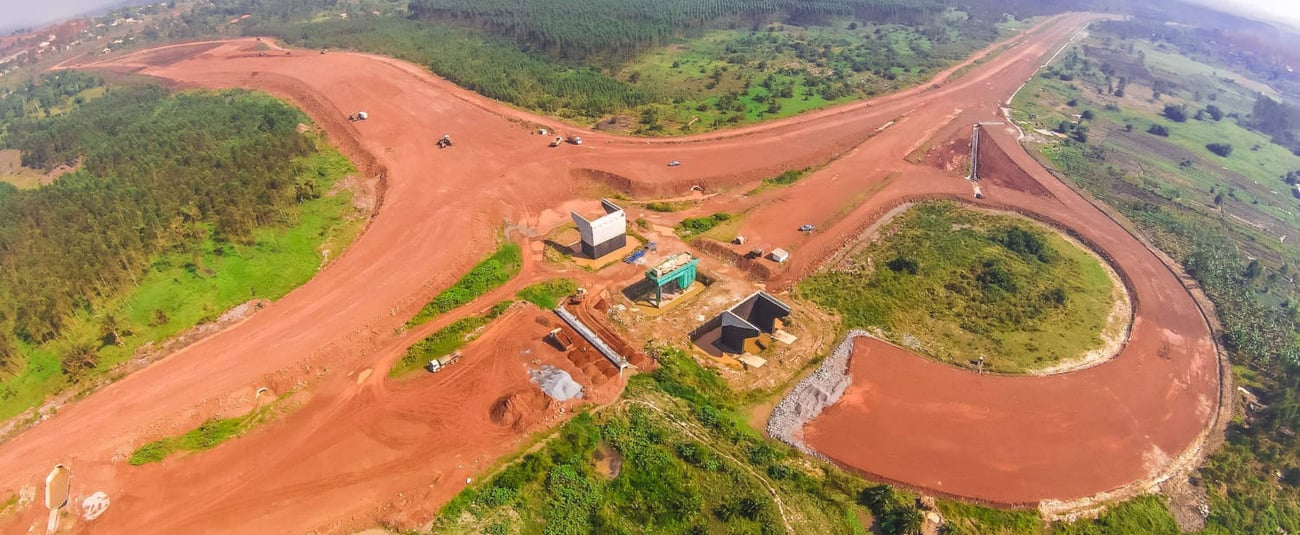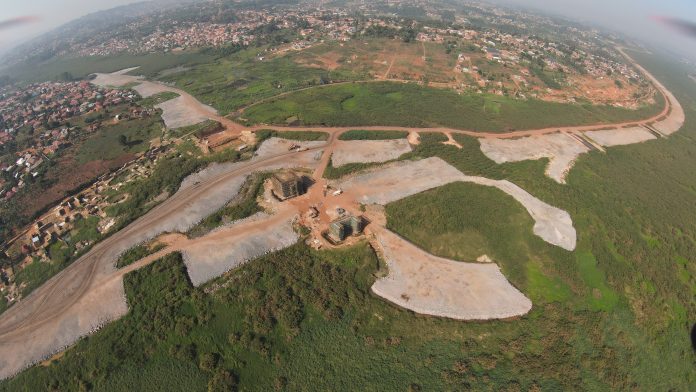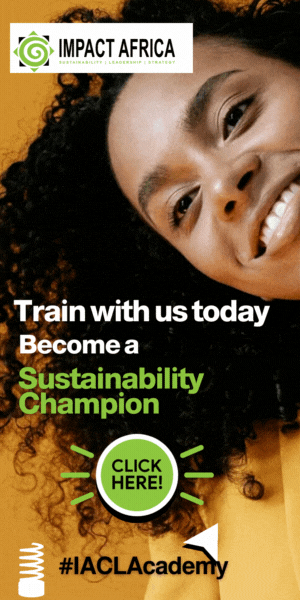The African Development Bank (AfDB), on Monday, November 17, 2025, approved an additional $239 million in financing for the final segments of the Mombasa–Eastern DRC trade corridor, effectively guaranteeing the completion of East Africa’s most critical transnational transport artery and removing a major structural impediment to regional economic integration.
This substantial injection of capital decisively addresses years of project uncertainty and cost overruns, particularly on Uganda’s Busega–Mpigi Expressway, thereby ensuring that the full 1,900-kilometre road network connecting Kenya’s primary port to the Great Lakes region becomes a seamless, efficient channel, a crucial development for enhancing trade sustainability across Uganda, Rwanda, Burundi, South Sudan, and the Democratic Republic of Congo (DRC).
The AfDB’s commitment, which comprises a $207 million loan, $31.2 million from the concessional African Development Fund, and a small grant from the NEPAD-IPPF is a strategic maneuver to safeguard the competitive viability of the Northern Corridor.
The project’s completion, expected between 2029 and 2030, is monumental because it eliminates the notorious Kampala bottleneck: a mere 27-kilometre stretch that currently adds anywhere from 90 minutes to three hours of paralyzing congestion to the journey of commercial trucks. This delay has long been a corrosive factor in regional logistics, inflating costs and driving transit traffic away from Mombasa.
Read also: New West Africa Sustainable Ocean Programme targets fisheries decline and blue economy development
Logistics costs in East Africa currently stand at a staggering 28 to 35 percent of the value of goods, a figure that is among the highest globally and significantly stifles economic growth and consumer affordability. Once the Busega–Mpigi section and the remaining works on Rwanda’s Kagitumba–Kayonza–Rusumo route are complete, the entire network will operate as a nearly continuous modern roadway, allowing a projected drop in these logistics costs to a more competitive range of 18 to 22 percent.

This efficiency gain is a sustainability imperative for the region. For the average truck driver, transit time between Mombasa and Kigali, which routinely takes between 7 and 10 days due to customs delays and road congestion, is expected to shrink to a much more predictable 5 to 6 days. This reduction in turnaround time means less fuel consumption from idling, lower greenhouse gas emissions per tone of cargo, and a profound improvement in the reliability of regional supply chains.
The direct benefits translate into increased transit cargo volumes for Uganda, projected to expand from roughly 1.2 million tones to nearly 2 million tones annually, feeding the economies of landlocked nations.
The urgency of the AfDB’s intervention was amplified by the escalating geopolitical competition within the East African transport sector. For years, the dominance of the Northern Corridor has been threatened by the significant advancements of Tanzania’s Central Corridor, which connects the port of Dar es Salaam to the Great Lakes region.
As Tanzania accelerates the development of its Standard Gauge Railway (SGR) and its road networks, bypassing the frequent delays around Kampala became an increasingly attractive option for regional carriers. East African Community (EAC) studies indicated that without the Busega–Mpigi upgrade, up to 40 percent of transit traffic destined for Rwanda and Burundi could shift to the Tanzanian corridor by 2030.
The AfDB’s decision acts as a firewall, securing the competitive edge of the Kenya-Uganda gateway and preserving the economic lifelines of partner states.
The financial journey underscores the project’s complex nature; the cost of the Ugandan segment alone has more than doubled to $467 million due to factors like inflation and protracted land compensation disputes around areas such as Lubowa. Yet, the new financing, combined with a $34.1 million contribution from the Government of Uganda, ensures that these historical delays and cost overruns will not lead to project abandonment.
Beyond the immediate transport gains, the completion of this corridor cements the physical foundation required for the AfCFTA to truly function in East and Central Africa. By linking the Indian Ocean to the resource-rich eastern DRC provinces of North Kivu and South Kivu, the modernized corridor will facilitate the development of regional value chains, allowing goods and services to flow more freely and affordably.
Furthermore, the construction and subsequent operations are projected to create over 1,200 jobs, with dedicated provisions focusing on employment for youth and women, directly addressing the social dimensions of sustainability.
Read also: Egypt’s green canal gambit: How mega-ports will reshape Africa’s sustainable trade routes
The finalization of this project is a powerful testament to the resilience of long-term, multilateral development financing against the turbulence of political delays and economic headwinds. When the first commercial shipment travels the Busega–Mpigi stretch in under 45 minutes in 2030, it will mark the end of a logistical choke point and the successful endurance of a decades-long vision for a truly integrated, competitive, and sustainably efficient East African economy .
Engage with us on LinkedIn: Africa Sustainability Matters






